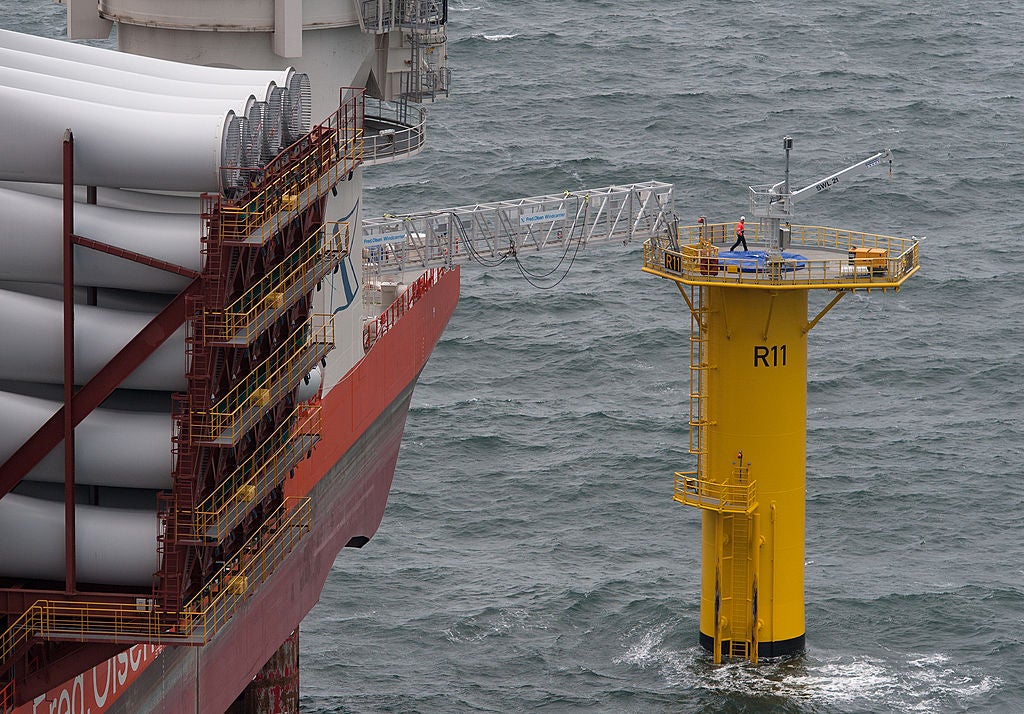
Behind every functioning wind project is a team of well-trained technicians who are responsible for either construction and installation (C&I) or operations and maintenance (O&M).
According to the Global Wind Workforce Outlook for 2022 to 2026, from the Global Wind Organisation (GWO) and the Global Wind Energy Council (GWEC), a 67% growth of global onshore and offshore wind capacity expected between 2021 and 2026 will be matched by a 33% increase in the number of technicians requiring wind industry training in order to build and maintain the growing fleet.
In total, the GWEC and GWO expect to see more than half a million (568,000) wind technicians requiring wind industry training globally by 2026, rising from 426,700 in 2021.
With only 119,000 technicians (representing just under a third of the total workforce) currently in possession of at least one valid certificate from the Global Wind Organisation (GWO)’s Basic Safety Training Standard, an additional 449,800 technicians will require wind industry training from 2022 onwards.
According to the GWEC and GWO, this presents educators and training providers with a wealth of opportunities to scale up their services to provide for emerging talent poached from other areas including the fossil fuel industry.
The report reveals that one of the biggest opportunities for training lies within the offshore segment, which is projected to experience a 92% growth in total technicians between 2021 and 2026, compared with just 27% for onshore workers. In Europe, the offshore wind workforce needs to grow from 80,000 today to 250,000 by 2030, believes WindEurope.
To keep perspective, however, by 2026, the total number of offshore workers will remain dwarfed by the high percentage (87%) of technicians located predominantly within O&M in the onshore segment.
Honing in on nine countries that together account for 75% of the total training demand needed in 2026, the GWEC and GWO’s projections, based on outputs from the GWO’s workforce forecasting model designed with assistance from the Renewables Consulting Group, finds that while China, followed by the US and Germany, are expected to maintain the lead when it comes to total numbers of wind technicians operating by 2026, other countries will experience greater growth rates.
For example, despite a brief decline in onshore wind development in South Korea in 2021, when just 64MW of capacity was installed, GWEC Market Intelligence anticipates that strong political commitment to offshore wind fronted by new President Yoon Suk-yeol will result in "a large pipeline of interest" leading to around 7.5GW of additional offshore wind installed over the next ten years between 2022 and 2031.
Albeit remaining a minor player compared with other countries, South Korea is expected to see an 800% growth in the number of wind technicians operating in the country between 2021 and 2026.
By contrast, Brazil’s workforce is projected to shrink by 10% within the same time frame due to anticipated "weaken[ed] onshore wind construction activity" in 2023 and 2024. Nevertheless, the GWEC and GWO expects workforce figures to start growing again in 2024, a year in advance of onshore installations beginning to pick up again, and with companies preparing for Brazil’s first offshore project scheduled for commissioning in 2028.



